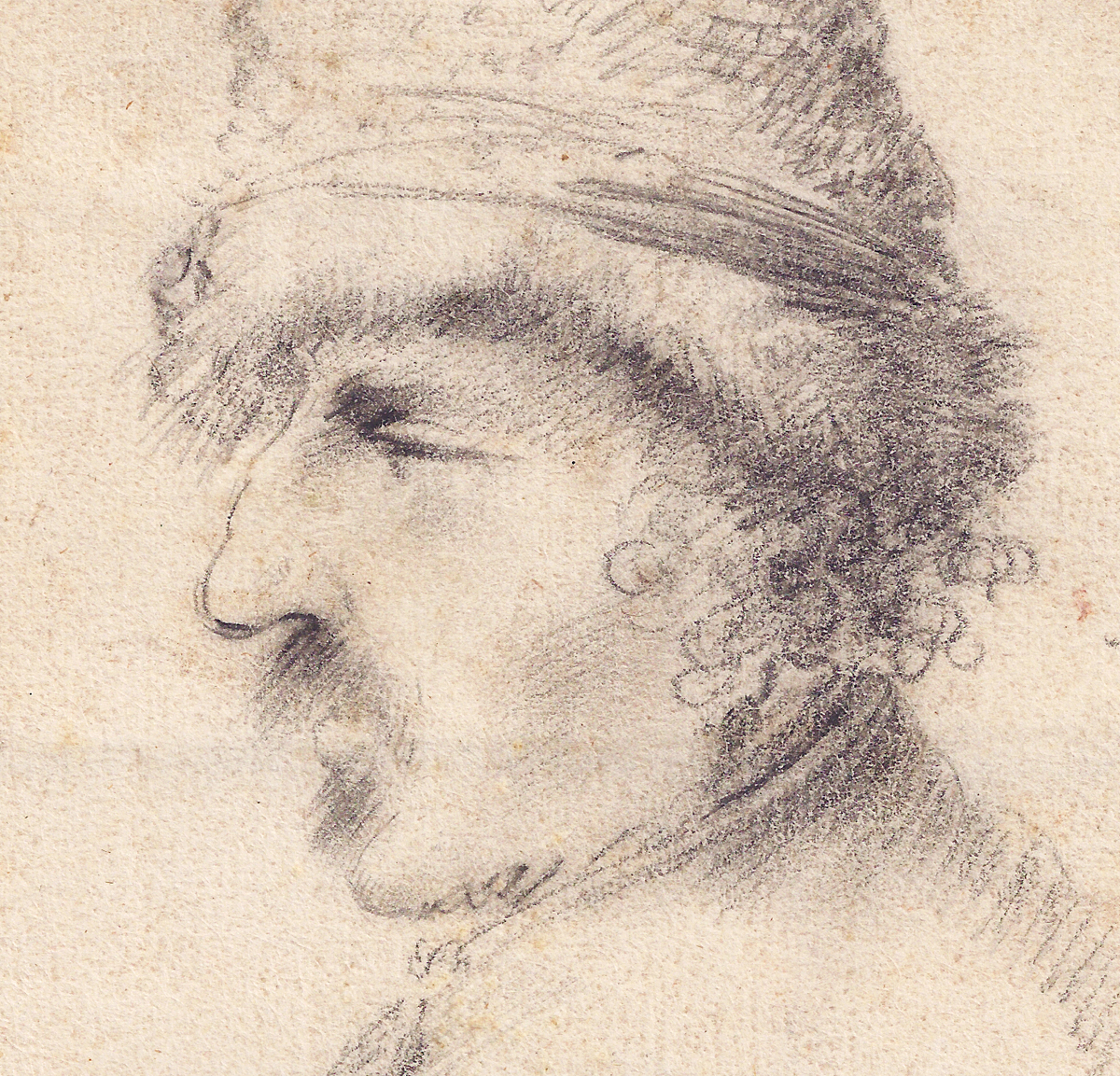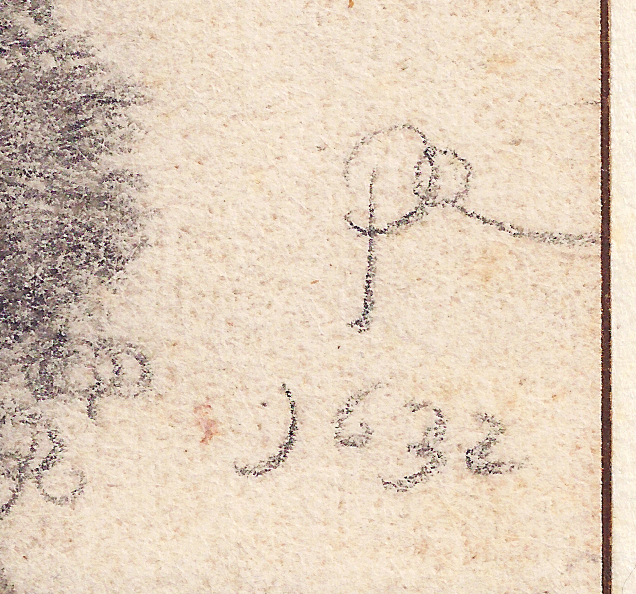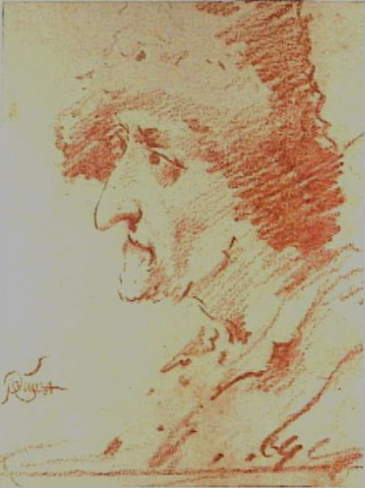PIETER JANSZ QUAST (Amsterdam 1605/06 – 1647 Amsterdam)
Pieter Jansz Quast (Amsterdam 1605/06 – 1647 Amsterdam)
Head and Shoulders Study of a Man in Profile, wearing a tall hat
Black chalk, brown ink framing lines, fragmentary watermark crowned shield, 186 x 156 mm (7.3 x 6.1 inch)
Monogrammed and dated ‘PQ / 1632’ (black chalk, middle right); inscribed ‘Quast’ (pen and brown ink, lower left)
Provenance
~ Emile E. Wolf; his sale, Christie’s, Amsterdam, 25 November 1991, lot 77, repr.
~ Jacobus A. Klaver, Amsterdam
~ Sotheby’s, London, 9 July 2008, lot 33, repr.
Exhibited
C.E. Gilbert, Dutch Drawings of the Seventeenth Century from a Collection, Herbert F. Johnson Museum of Art, Cornell University, 1979, no. 21, repr.
***
Pieter Jansz Quast give his age as twenty-six when his marriage banns were published on 29 June 1632, the year in which the present drawing was executed.1 At the time, he lived in the Molensteeg in Amsterdam, where he was most likely born. Nothing is known of his parents or his life before his marriage, which took place on 19 December 1632 in Sloten, near Amsterdam. His bride was Annetje Splinter, who at least in the 1640s was active as a flower painter. Annetje was from The Hague, and the couple settled there before Quast joined the painters’ guild in 1634.
Although he was drawing master to the young Prince William II of Orange (1626-1650), Quast failed to flourish in The Hague, which was an expensive place to live. His debts to a shopkeeper in 1640, to an innkeeper in 1641, and to a carpenter in 1642 were the subjects of court cases. Quast fared no better in Amsterdam, where he and his family were living in the Kalverstraat by 1st June 1643. On that date, Annetje was entertaining a clergyman from Utrecht, when conversation turned to the subject of prostitutes, many of whom, according to the hostess, the visitor had patronized. The offended guest slashed her fase with a ‘roemer' glass – at which point her husband rushed in and held the pastor at knifepoint. During another episode in February 1644, two men entered the house and damaged a portrait, smeared it with paint and scratched it with knives. Financial problems continued, with rent not being paid by the Quasts in 1644. Pieter Quast was buried in the Nieuwe Kerk in 1647; his widow re-married the painter Jacob van Spreeuwen from Leiden.
Quast is best known as a painter of genre scenes and ‘merry companies’, but also painted portraits, religious and historical pictures. In The Hague he was influenced by Adriaen van de Venne (1589–1673). Quast’s work also shows an awareness of his contemporary Adriaen Brouwer (1605–1638), who studied in Haarlem with Frans Hals and lived in Amsterdam until 1631, when he returned to Antwerp.
Quast was a prolific draughtsman and made many sheets as finished works of art for early collectors. They were sometimes kept in albums, but also framed and displayed, as was for instance done by Joseph Coijmans and Jacoba Trip in Haarlem – their inventory of 1678 lists four ‘teyckeningen’ (drawings) by Quast in the ‘achterkamer’.2 The present assuredly drawn drawing, monogrammed and dated, was undoubtedly intended to be sold; the amusing low-life subject surely appealed to contemporary collectors. It is among Quast’s earliest extant works. A comparable sheet with a head in profile is preserved in the Wallraf-Richartz Museum, Cologne (fig.).3
SOLD TO A PRIVATE COLLECTOR, EUROPE
1. The best biography of quast is by B.A. Stanton-Hirst, ‘Pieter Quast and the Theatre’, Oud Holland 96 (1982), p. 213-37; see also Walter A. Liedtke, Dutch Paintings in the Metropolitan Museum of Art, New York/New Haven/London 2007, vol. I, pp. 539-40.
2. Inventory of 19 August 1678, no. 33 ‘2 teyckeningen van Pieter Quast’ (valued at 4 guilders) and no. 35, another ‘2 teyckeningen van Pieter Quast’ (valued at 1 guilder and 10 stuivers); Pieter Biesboer, Collections of Paintings in Haarlem, 1572–1745, Los Angeles 2001, p. 249.
3. Red chalk, 170 x 138 mm, inv. no. 1913/197; H. Robels, Niederländische Zeichnungen im Wallraf-Richartz-Museum Köln, Cologne 1983, no. 215, repr. Robels dates this drawing c.1636.




